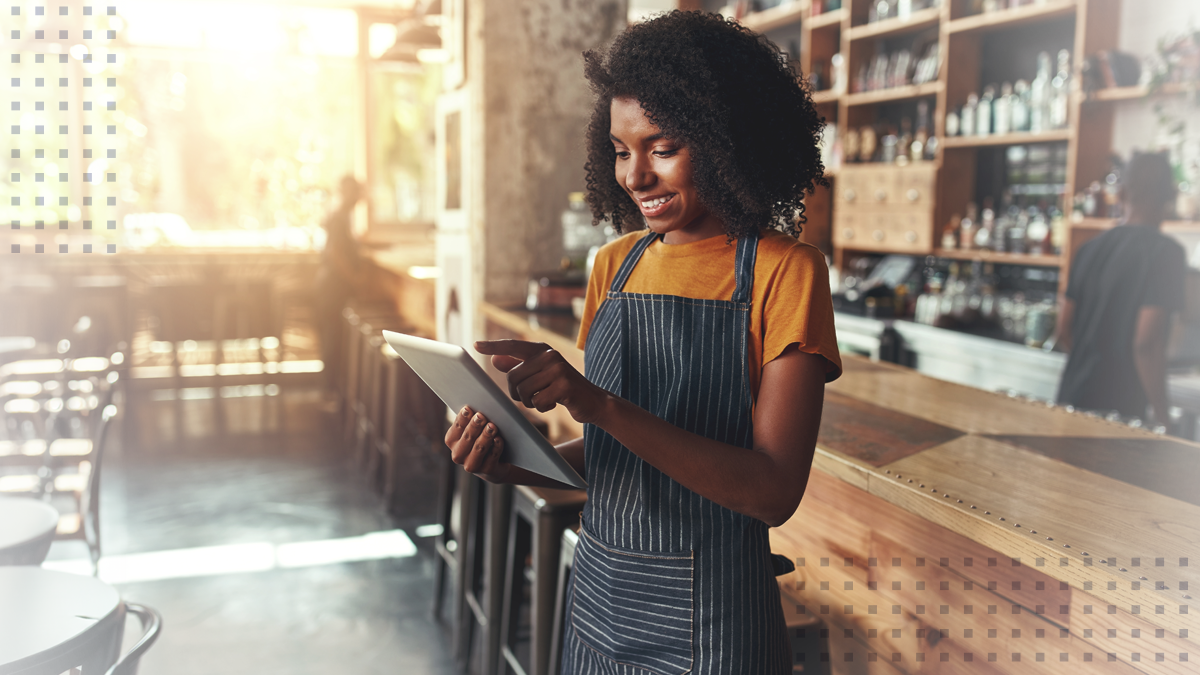Perspectives that catalyze innovation
Calix Blog
The Simple Way To Empower Subscribers With Smarter Homes: Introducing CommandIQ 3.0
Learn more about the third generation of CommandIQ. It’s an experience engine for the AI age and is critical in your transformation to BXP.
Jul 08, 2025
|
4 min
3 Ways To Grow Your Small Business Market
Jul 16, 2025
|
3 min
Vision, Values, Viability: Build Your Tribally Owned Broadband Business With Purpose
Jul 10, 2025
|
4 min
How Home Telecom Turned a Vision for Connected Communities Into Reality
Jul 10, 2025
|
4 min
Filter by
Showing result
1
to
9
of
195
0 Results Found
No Blogs Found



